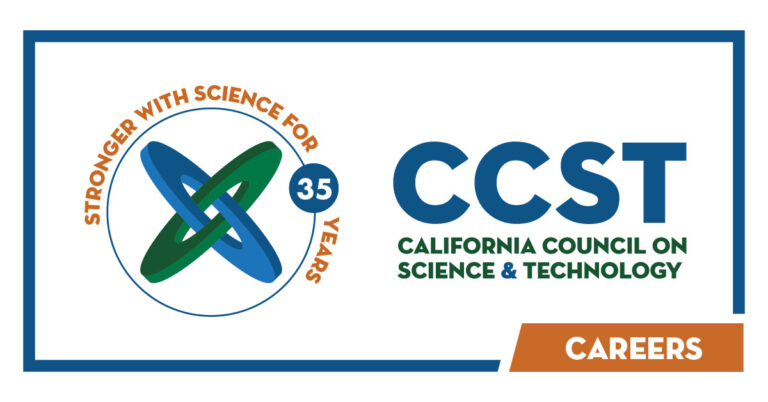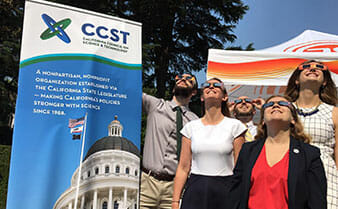Deputy Director
Edison International Addressing Workforce Challenges
November 3, 2006 | CCST Newsroom | Contact: M. Daniel DeCillis
California recognizes the importance of increasing its science and technology workforce, investing in programs to increase the number of students obtaining science and math degrees, and increasing the number of teachers to train them. However, these efforts are still in an early stage. California’s high-tech employers are already facing recruitment challenges and many companies, such as Southern California Edison (SCE), an Edison International company, are taking active steps to deal with them.
“We need to recruit and retain employees with the competencies and expertise needed in the future,” said John E. Bryson, chairman, president, and CEO of Edison International. “However, like many employers, we face a number of serious recruitment challenges.”

Chairman, President and CEO, Edison International
SCE is the primary electricity supply company for much of the lower half of California, providing over 13 million people in portions of 11 counties with electricity. It employs over 13,000 people.
One of the most significant problems is the aging workforce. Thirteen percent of its employees are eligible to retire in 2006. Over a third of its entire workforce – 35% – will be eligible to retire in 2009, just three years in the future.
“Edison International is not the only company facing this retirement bubble,” said Bryson. California’s teacher workforce, for example, faces a similar wave of retirement in the next few years. “However, when combined with the changing demographics of the workforce and increased competition for quality talent, as well as the rising cost of living in Southern California, the problem becomes more urgent.”
In response to the shortfall, SCE has been pursuing a number of strategies, working to enhance its talent pipeline by actively recruiting student interns, recent college graduates for rotational training programs, and working with established programs such as Mathematics, Engineering, Science Achievement (MESA).
“Nationwide, we have a number of pipeline schools that we work closely with, including seven in California,” said Bryson. “We have developed a number of approaches to increase our supply of people with common engineering core competencies and the technical and leadership skills we need.”
One of these is the Job Skills Partnership (JSP) program, which provides mentoring, training, and employment to high school junior and senior students.
“The JSP is designed to instill the importance of education and encourage continued education in colleges or trade schools,” said Bryson. It offers employment for two to four hours a day during the school year, giving valuable experience as well as a window into the career possibilities in science and engineering.
“High school alliances and education programs are a key component of our workforce strategy,” said Bryson. “You can’t build a skilled, technically competent workforce overnight.”




